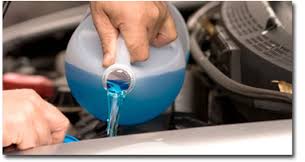When a transmission fails, there
are multiple ways the problem may be addressed. Knowing your options may help
you decide which one is the best is for you.
Transmission Rebuild
Transmission Repair
When you go for transmission
repair, you would want to consider more risks. Compared to a rebuild, transmission
repair consists of replacing the minimum amount of parts to make the
transmission operational. When failure causes too much damage within the transmission,
repair may not be the best option. However, for many transmission malfunctions,
a repair is all that is needed to get many more dependable miles of service.
Transmission Replacement
When luck is not in your hands
when it comes to transmissions, you most likely will need a transmission
replacement. However, you most likely will not be able to find truly “new”
transmissions, as those are almost always exclusively for the production of new
cars. If you purchase a transmission from the dealer, you’ll be getting a
remanufactured transmission, which undergoes the same process as transmission
rebuild, but a specialized, factory setting.
With all these options given,
there is one question that you should ask yourself: “Is it worth the pay?” If
you choose a quality specialist, then it certainly will be. But remember: an
accurate price quote cannot be given to you without a proper diagnosis. So it
is best for you to ask for a diagnostic run before you choose since actual
prices will depend on the quality of the replacement parts and the amount and
type the transmission has.
Sunbelt Valve Body Builder
4819 N Cortez Ave. Tampa, FL 33614
(813)961-5560

